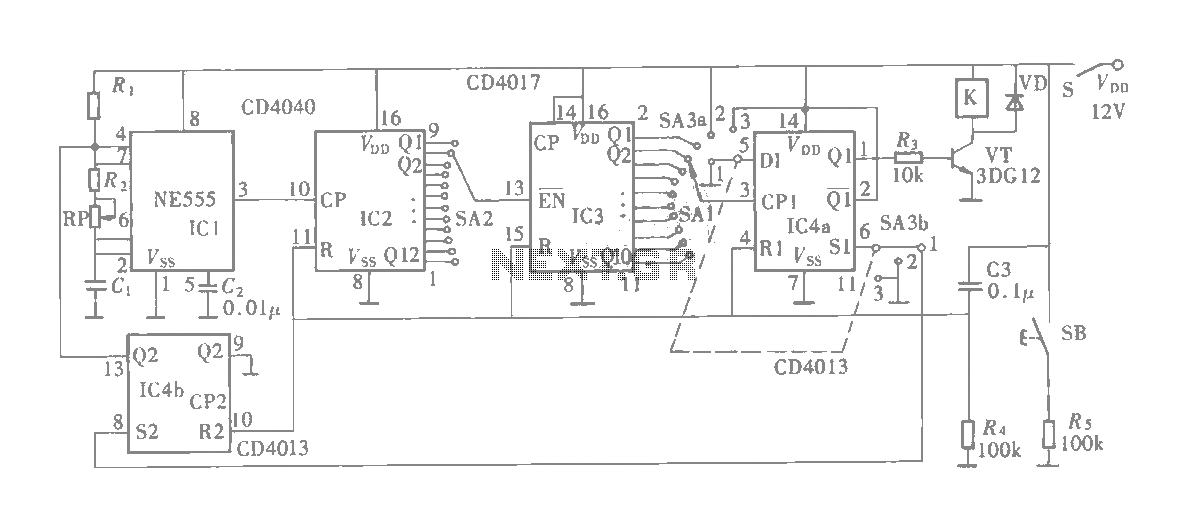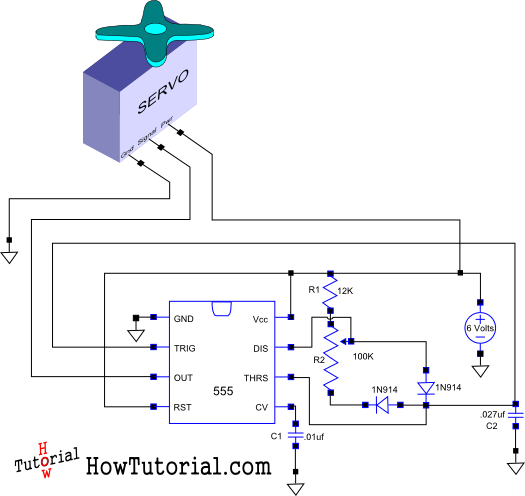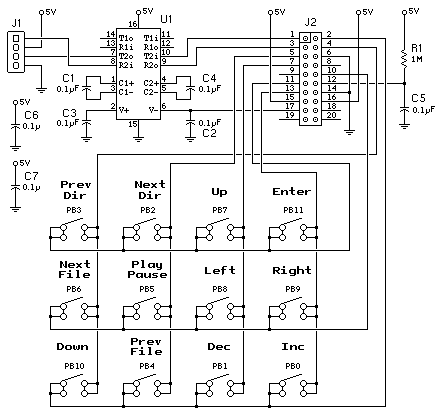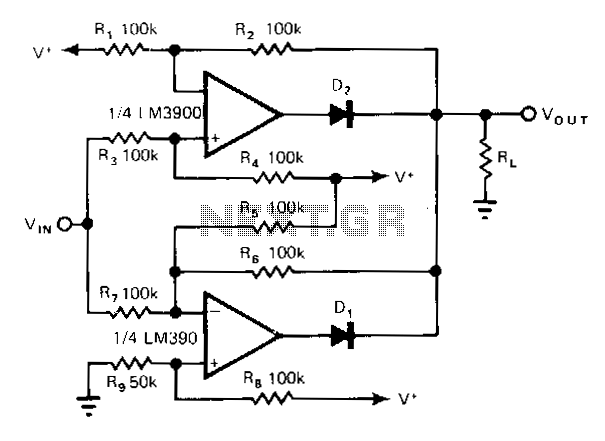
LM2876 40W audio power amplifier circuit design
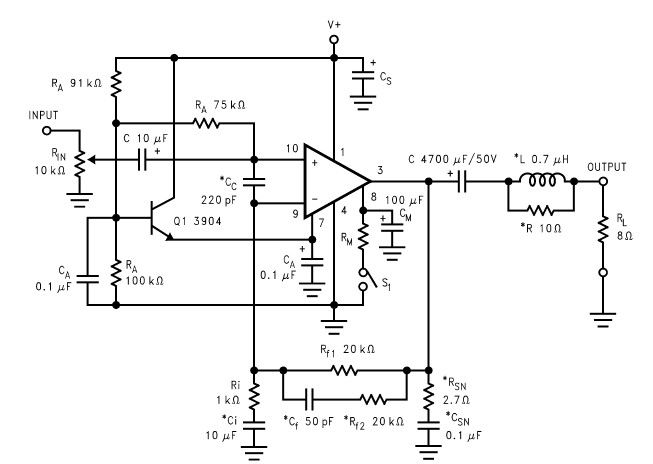
The LM2876 audio power amplifier circuit can be designed as a simple, high-efficiency power audio amplifier capable of delivering 40W of continuous average power to an 8-ohm load with a total harmonic distortion plus noise (THD+N) of 0.1% from 20Hz to 20kHz. This circuit operates over a wide input voltage range, from 20 to 70 volts, with a typical dual 30-volt power supply (or a single 60-volt supply) functioning effectively. The LM2876 includes overvoltage protection circuitry that limits the output current to approximately 4A peak, providing voltage clamping without relying on internal clamping diodes. Additionally, the LM2876 features an advanced thermal protection scheme to prevent long-term thermal stress. When the die temperature reaches 165 °C, the LM2876 shuts down and resumes operation once the temperature falls to about 155 °C.
The LM2876 audio power amplifier is designed for high-efficiency audio amplification, making it suitable for various applications, including home audio systems and professional audio equipment. Its ability to deliver 40W of continuous power ensures that it can drive speakers effectively while maintaining low distortion levels, which is critical for high-fidelity audio reproduction.
The circuit's wide input voltage range enhances its versatility, allowing it to be powered by different supply configurations. For optimal performance, a dual 30-volt power supply is recommended, although a single 60-volt supply can also be used. This flexibility in power supply options makes the LM2876 adaptable to various design requirements.
The overvoltage protection circuitry is an essential feature, safeguarding the amplifier from potential damage due to excessive voltage conditions. By limiting the output current to approximately 4A peak, the LM2876 ensures safe operation under varying load conditions, which is particularly important in high-power audio applications.
Thermal management is another critical aspect of the LM2876's design. The integrated thermal protection scheme monitors the temperature of the amplifier die, shutting down the device when it reaches 165 °C to prevent overheating. This feature is crucial for maintaining the longevity and reliability of the amplifier, as prolonged exposure to high temperatures can lead to failure. The automatic restart at 155 °C allows for a safe recovery from thermal events, ensuring that the amplifier can resume operation without manual intervention.
In summary, the LM2876 audio power amplifier circuit is a robust solution for high-efficiency audio amplification, equipped with essential protective features that enhance its reliability and performance in demanding audio applications.Using the LM2876 audio power amplifier circuit can be designed a very simple high efficiency power audio amplifier capable of delivering 40W of continuous average power to an 8 © load with 0. 1% THD+N from 20Hz 20kHz. The LM2876 audio power amplifier circuit operates over a wide input voltage range, from 20 up to 70 volts, but typically a dual
30 volt power supply ( or a single 60 volt in this case ) will be work fine. The LM2876 contains overvoltage protection circuitry that limits the output current to approximately 4Apeak while also providing voltage clamping, though not through internal clamping diodes. The LM2876 has a sophisticated thermal protection scheme to prevent long-term thermal stress to the device.
When the temperature on the die reaches 165 °C, the LM2876 shuts down. It starts operating again when the die temperature drops to about 155 °C 🔗 External reference
The LM2876 audio power amplifier is designed for high-efficiency audio amplification, making it suitable for various applications, including home audio systems and professional audio equipment. Its ability to deliver 40W of continuous power ensures that it can drive speakers effectively while maintaining low distortion levels, which is critical for high-fidelity audio reproduction.
The circuit's wide input voltage range enhances its versatility, allowing it to be powered by different supply configurations. For optimal performance, a dual 30-volt power supply is recommended, although a single 60-volt supply can also be used. This flexibility in power supply options makes the LM2876 adaptable to various design requirements.
The overvoltage protection circuitry is an essential feature, safeguarding the amplifier from potential damage due to excessive voltage conditions. By limiting the output current to approximately 4A peak, the LM2876 ensures safe operation under varying load conditions, which is particularly important in high-power audio applications.
Thermal management is another critical aspect of the LM2876's design. The integrated thermal protection scheme monitors the temperature of the amplifier die, shutting down the device when it reaches 165 °C to prevent overheating. This feature is crucial for maintaining the longevity and reliability of the amplifier, as prolonged exposure to high temperatures can lead to failure. The automatic restart at 155 °C allows for a safe recovery from thermal events, ensuring that the amplifier can resume operation without manual intervention.
In summary, the LM2876 audio power amplifier circuit is a robust solution for high-efficiency audio amplification, equipped with essential protective features that enhance its reliability and performance in demanding audio applications.Using the LM2876 audio power amplifier circuit can be designed a very simple high efficiency power audio amplifier capable of delivering 40W of continuous average power to an 8 © load with 0. 1% THD+N from 20Hz 20kHz. The LM2876 audio power amplifier circuit operates over a wide input voltage range, from 20 up to 70 volts, but typically a dual
30 volt power supply ( or a single 60 volt in this case ) will be work fine. The LM2876 contains overvoltage protection circuitry that limits the output current to approximately 4Apeak while also providing voltage clamping, though not through internal clamping diodes. The LM2876 has a sophisticated thermal protection scheme to prevent long-term thermal stress to the device.
When the temperature on the die reaches 165 °C, the LM2876 shuts down. It starts operating again when the die temperature drops to about 155 °C 🔗 External reference
